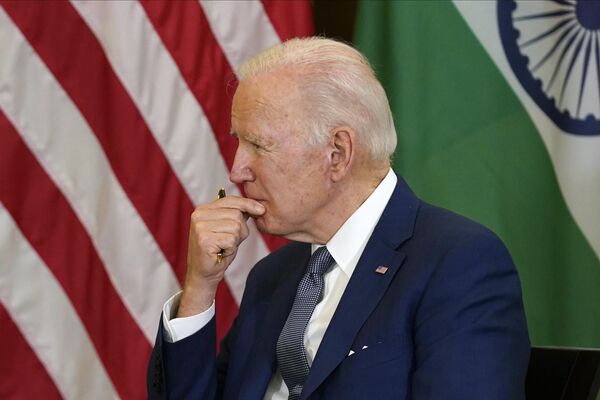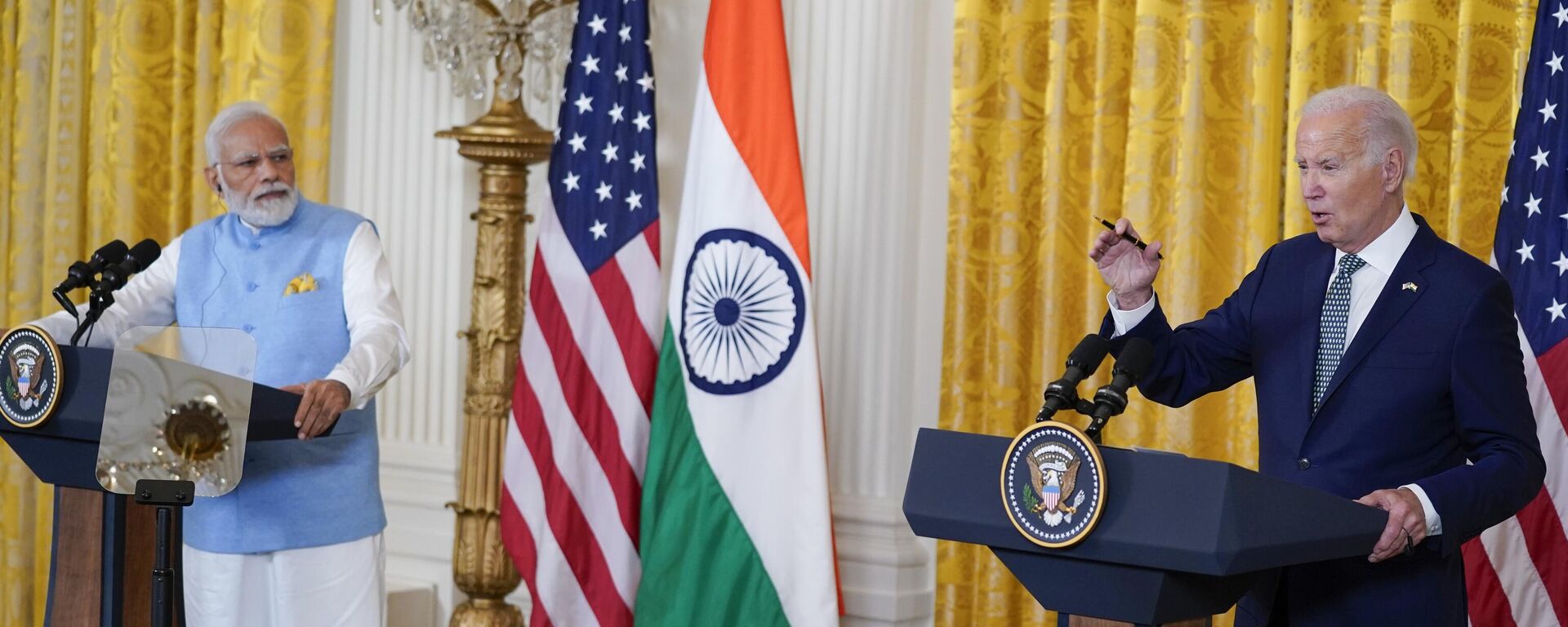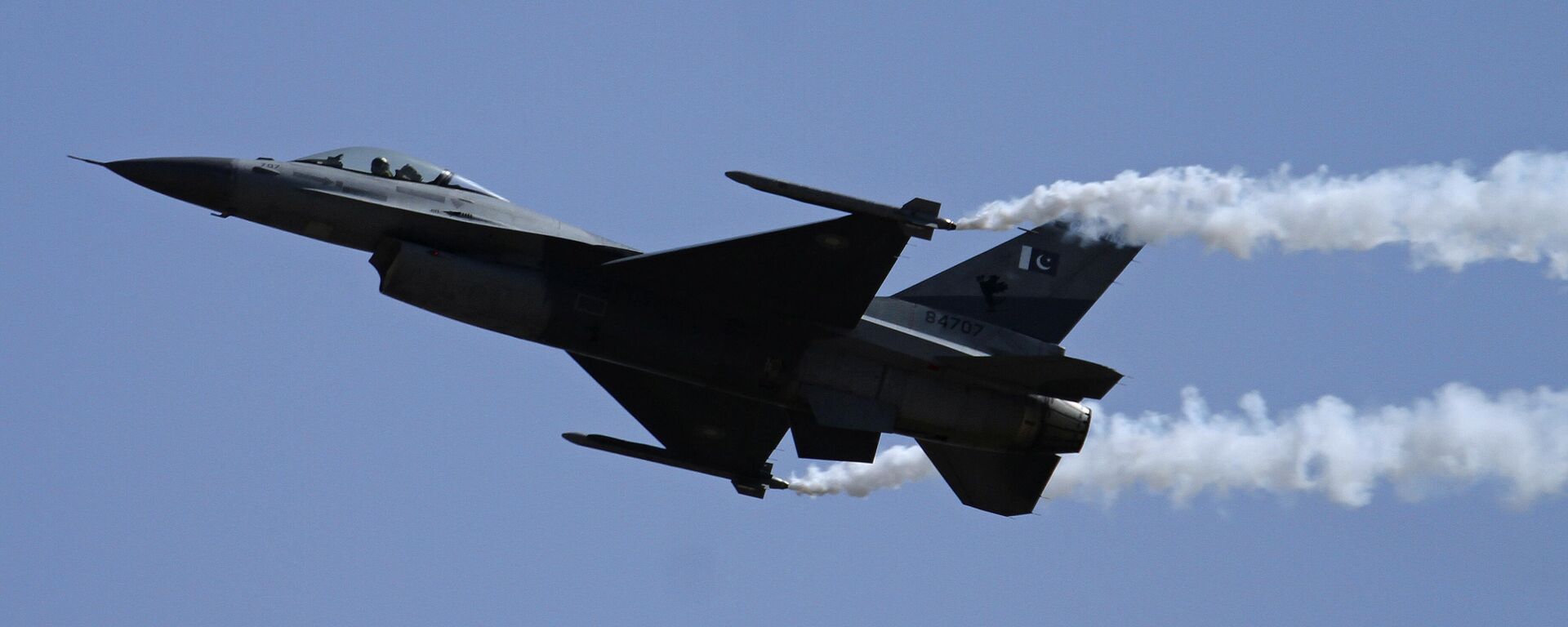
Nobody in South Asia Wants to Get 'Caught up in US-China Rivalry'
“There are widespread apprehensions in South Asia about Washington’s growing military role. The countries such as Bangladesh and Sri Lanka and others [similarly] don’t want to get caught up in US-China rivalry,” Agha underlined.
"The US and other western navies are increasingly involved in the Indian Ocean region through their navies. The Subcontinent countries still have memories of colonization when all the western powers used the region as as a geopolitical base and means of growing their economies," Ahmad said.
The former Indian diplomat remarked that interests of India and Beijing largely "converged" as far as Indian Ocean region was concerned, as both the countries "primary interest" lie in maintaining stability in maritime lanes of commerce owing to overwhelming reliance on imported crude. Both China and India rank among the three biggest importers of crude, meeting a lion's share of their domestic requirements through imports.
Vasan, also the Director-General of Indian think tank Chennai Centre for China Studies (C3S), said growing US-India cooperation presented India with “challenges” as well as “opportunities”. “The concerns around ceding strategic autonomy should be taken cognizance of. But mutual concerns around China have been driving the countries closer,” he underlined.




